LILY POND CASCADE
Created circa 1915 as part of the Cranbrook Japanese Garden; Rehabilitated 2018
2018 Rehabilitation designed by Hiromu Terashita and undertaken by the Japan Federation of Landscape Contractors under the direction of Gregory Wittkopp and Cranbrook Center for Collections and Research in consultation with Sadafumi Uchiyama
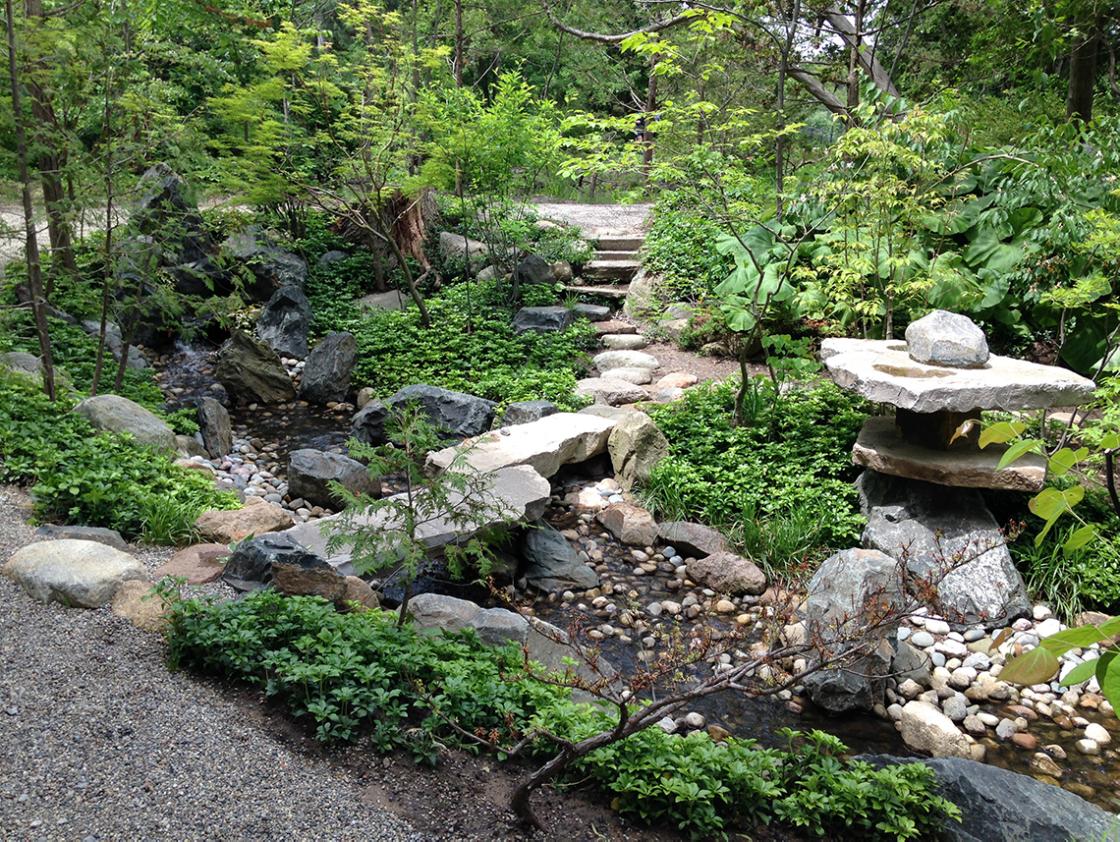
Figure 1. Rehabilitated Lily Pond Cascade, June 2019.
“In one or another of its many forms of lake, river, stream, torrent, or cascade, water is an almost indispensable feature of Japanese gardens,” wrote Josiah Conder in his influential 1893 book, Landscape Gardening in Japan, a copy of which George Booth bought for his personal library in Cranbrook House. The central feature of the Cranbrook Japanese Garden is the Lily Pond, which is fed by three sources of water: the crashing waterfall under the East Water Gate; the iron-stained water of the Flowing Water Cascade, which directs water into the pond on the north side from a natural artisan well near the Rainbow Fountain; and the Lily Pond Cascade (Fig. 1). The outflow of the Lily Pond is under the Japanese Bridge, in the northwest corner of the garden, where the water flows into the Lower Crane Brook, eventually joining water from the North Water Gate to reform the River Rouge.
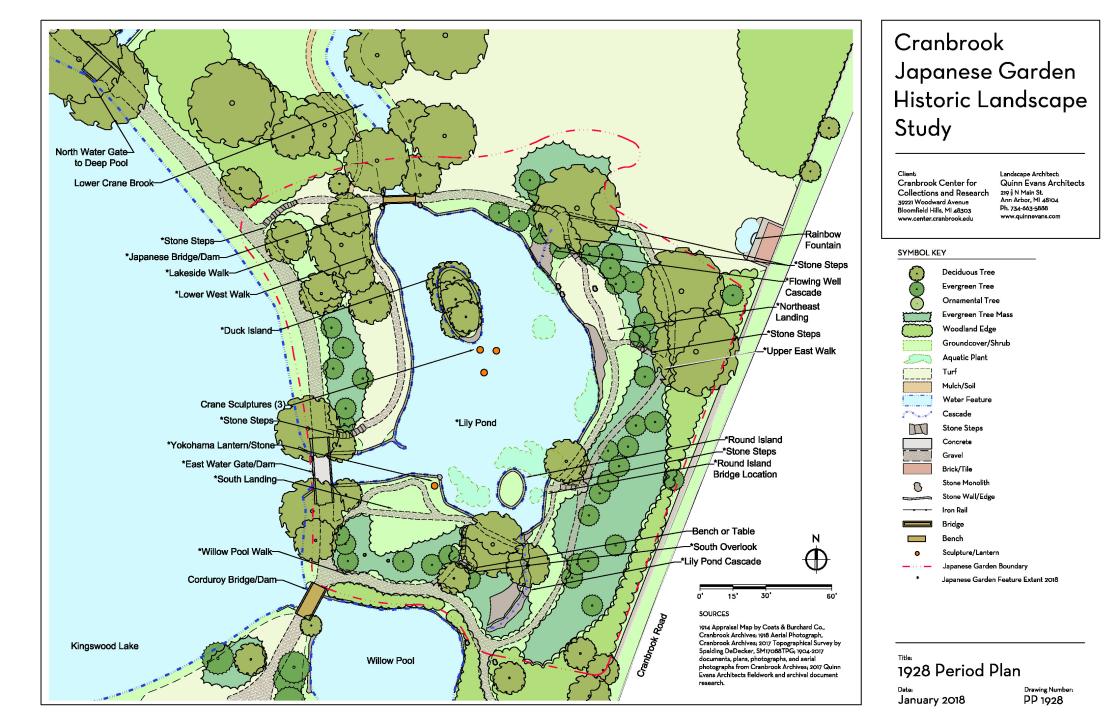
Figure 2. 1928 Period Plan.
Located in the southeast corner of the Japanese Garden (Fig. 2), the Lily Pond Cascade is part of the head waters of the River Rouge system that flows west to east across the Cranbrook campus, at the start of its journey to the Detroit River. Three dams built during the Booth era, including the East Water Gate, harness the River Rouge to create Kingswood Lake. A few feet south of the East Water Gate is the Corduroy Bridge and Dam, over which water flows from the lake into Willow Pool. While most of the water in Willow Pool flows south into the historic Mill Race, during all but low water periods water also flows through an eight-inch concrete pipe buried under the Willow Pool Walk and into the Lily Pond Cascade.
The rehabilitated cascade’s water emerges from the end of the concrete pipe into a dark cave-like space, formed by rugged stones and shaded by Japanese maples. This outlet is flanked by two large stones: a tall vertical stone on the east side, which Conder describes in his text as the “Guardian Stone” (Shugo-seki) (Fig. 3), and a broader stone to the west, Conder’s “Cascade-embracing Stone” (Taki-hasami-ishi). From there, the water drops over the edge of a flat stone into the cascades, a forty-five-foot long meandering stream that leads into the Lily Pond, just behind Round Island. The cascade is crossed by two stones bridges, one midway and the other at the pond’s edge where a monolithic stone is part of the path that leads between the South Landing and the Upper East Walk. At the top of the cascade, forming a natural edge between the cascade and the pea gravel walk, is the low silvered stump of a Siberian elm, which was eighty-five years old when it was cut sometime after 1976.
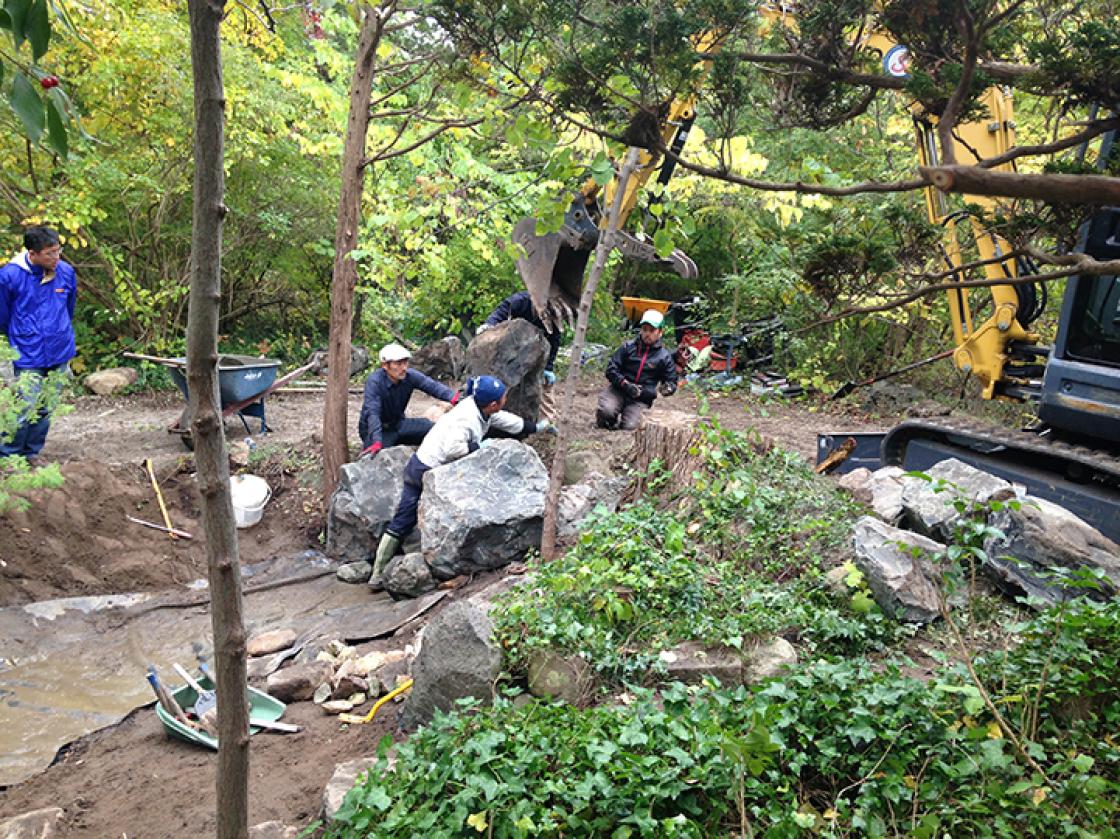
Figure 3. Landscape Contractors Set the "Guardian Stone," October 2018.
A defining feature of the Lily Pond Cascade is a new Mountain Lantern (Yama-dōrō) (Fig. 4) on the west side of the cascade, created by Hiromu Terashita during the 2018 rehabilitation. The lantern is comprised of five stacked uncut natural stones, including a rounder stone that forms a cap on the top. Terashita describes Mountain Lanterns as emulating the oldest known Japanese lanterns, those formed by simply stacking stones found on mountain sites.

Figure 4. Mountain Lantern, October 2018.
HISTORY OF THE LILY POND CASCADE
While the origins of the Lily Pond Cascade predate the creation of the Cranbrook Japanese Garden in 1915 (it already is noted and named on the Appraisal Map drawn by Coats & Burchard Co. in 1914) (Fig. 5), its early history remains a mystery. Other than its faint representation in distant aerial photography, there are no known photographs focused on this area of the garden during the Booths’ lifetimes and it is not referenced in the diaries of George Booth’s father, Henry Wood Booth, who is credited with the creation of the rock garden that preceded the Japanese Garden, nor in the correspondence between George Booth and his son Henry Scripps Booth.
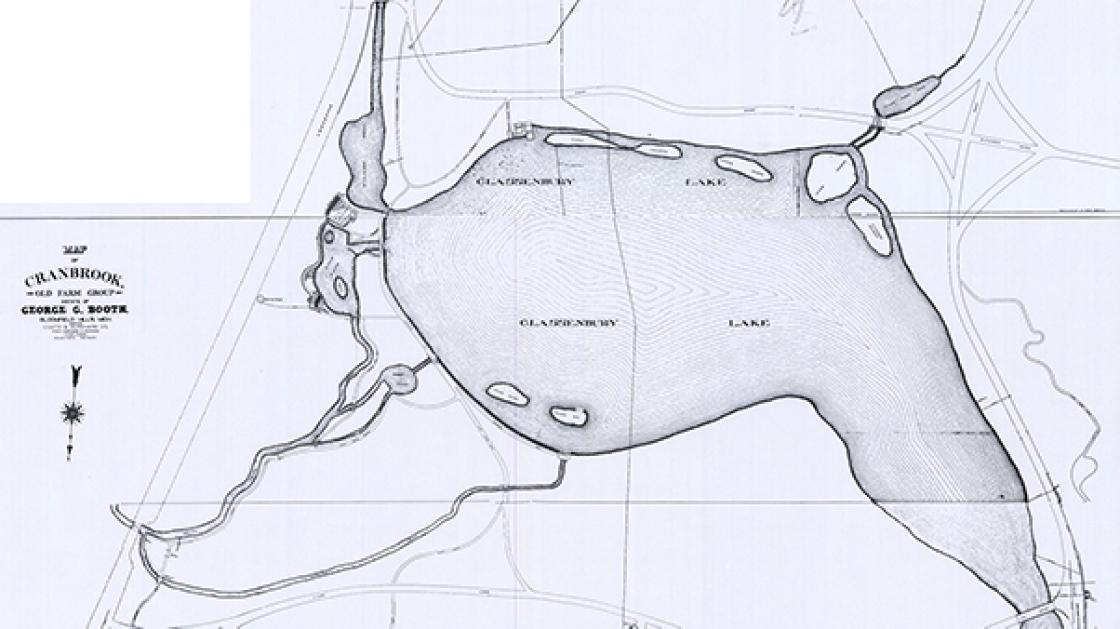
Figure 5. Cranbrook Appraisal Map, 1914.
The earliest surviving photograph of the Lily Pond Cascade was taken by Alan Lowry in July 1976 (Fig. 6). “Rediscovered” by Dorothy Moroff and her dog in the early 1970s, or so the story goes, the overgrown Japanese Garden (then called the Oriental Garden) was reclaimed and substantially rebuilt in the 1970s through the hard work of the members of the Cranbrook Gardens Auxiliary, notably Rudolph (Rudy) Fedus. Fedus and a group of volunteers re-dug the stream bed of the cascade, lined it with a graceful arrangement of stones, and planted the banks with hostas and Japanese irises. A stately Siberian elm, now a graceful stump, remained growing at the top of cascade. Two of the volunteers were Sally Barnhart and Sally Riemenschneider, one of whom lent her name to a small engraved metal tag—“Sally’s Ravine”—found at the base of the cascade in 2018 on the stump of a dead tree.
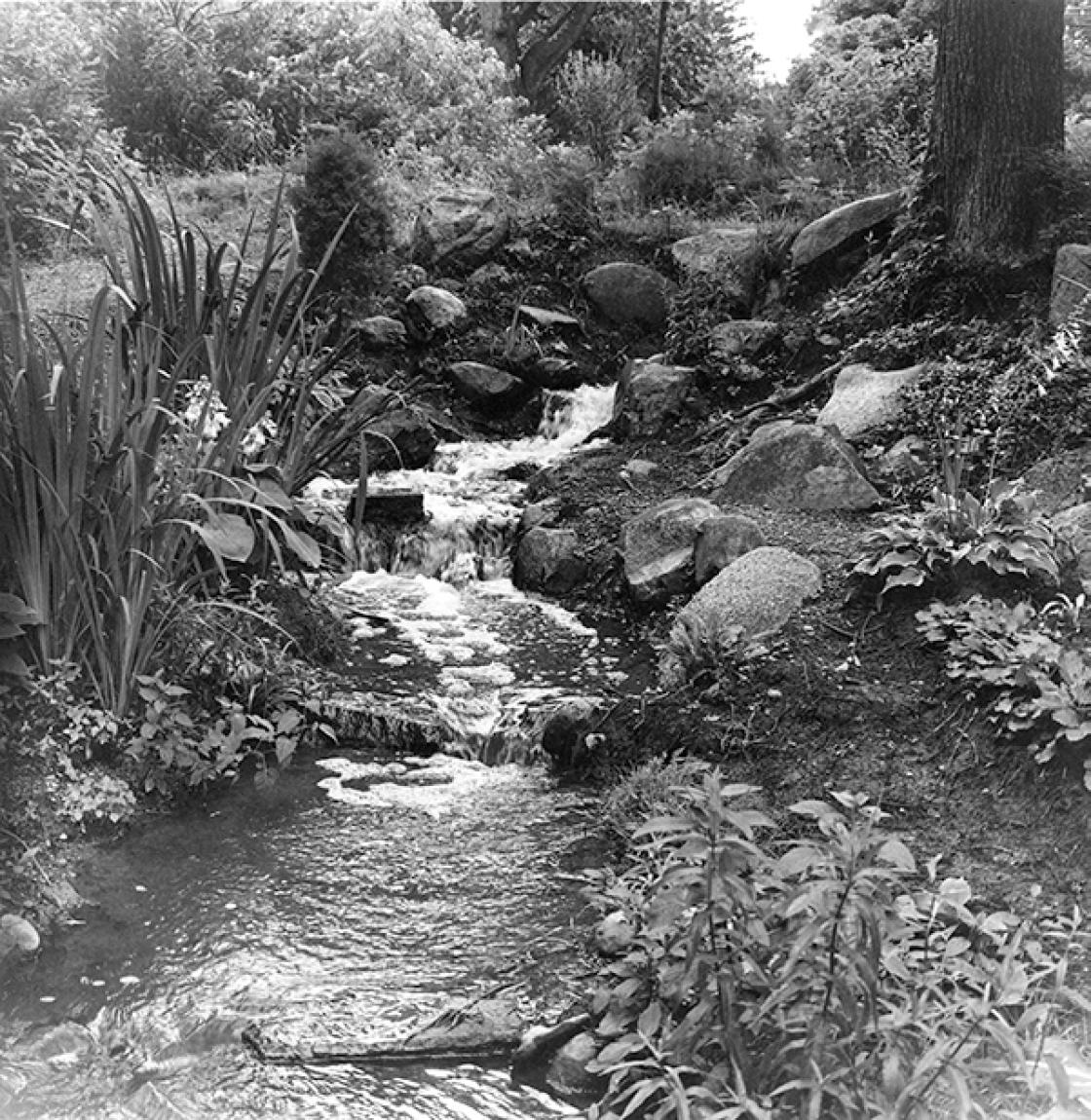
Figure 6. Rebuilt Lily Pond Cascade, July 1976.
2018 REHABILITATION
Despite the efforts of subsequent gardeners, including Ralph Graham who tended the Japanese Garden after 1998, the Lily Pond Cascade again became overgrown. Without regular maintenance, the concrete pipe became clogged and the cascade slowed to a trickle. By 2015, when Cranbrook Center for Collections and Research created the Japanese Garden Advisory Group and, the following year, announced its intention to rehabilitate the entire garden, Japanese butterbur (Petasites japonicus), a fast-growing herbaceous perennial spread by underground rhizomes, dominated the banks of the cascade and completely obscured the site (Fig. 7). An opportunity to rehabilitate the cascade came in 2017 when the Consulate-General of Japan in Detroit offered to write a grant on behalf of the Center for Collections and Research and submit it for consideration by the Japanese Ministry of Land, Infrastructure, Transport and Tourism (MLIT).
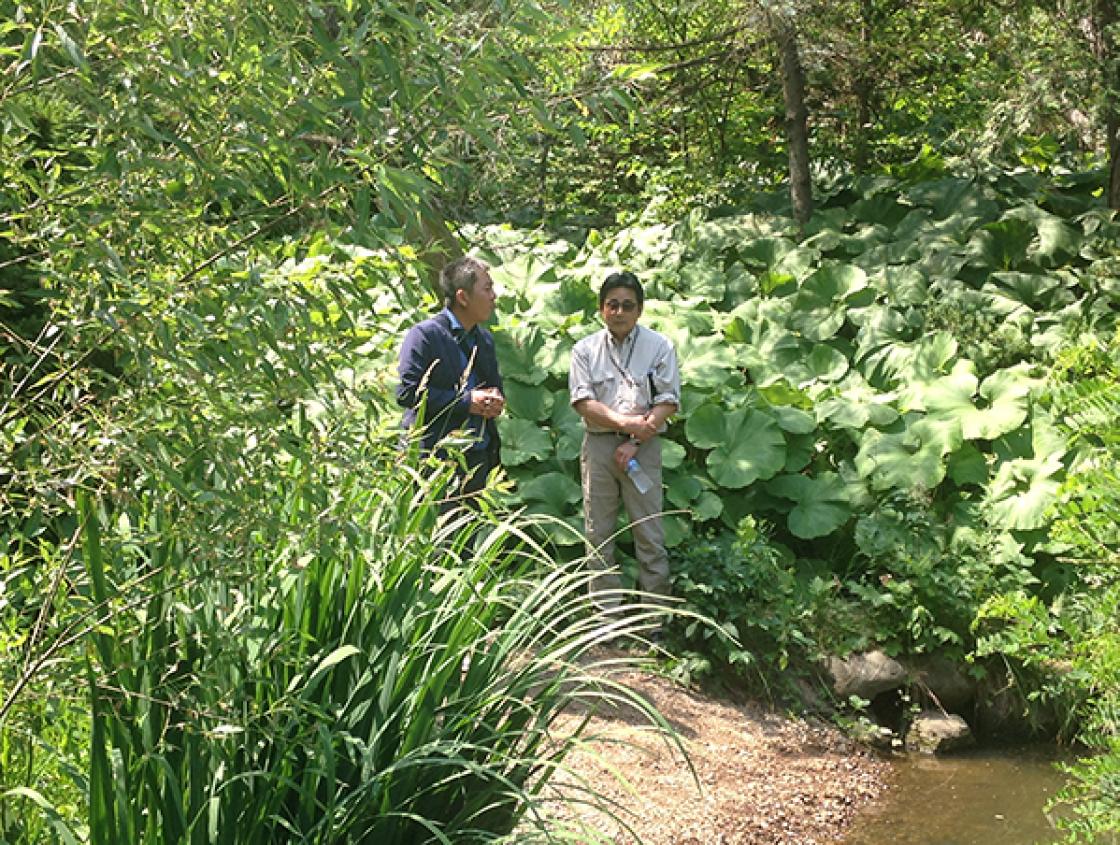
Figure 7. Yasumasa Imoda and Sadafumi Uchiyama, July 2018.
The MLIT grant program is part of the Japanese government’s Japanese Garden Overseas Restoration Project. Started in 2017, the program aims to help restore fifty Japanese-style gardens outside Japan in five years. During the program’s 2018 fiscal year, six gardens received funding, four in the United States and two in Europe. In addition to the Cranbrook Japanese Garden, the other three gardens in the U.S. include the Garden of the Phoenix or the Osaka Garden within Chicago’s Jackson Park (Fig. 8); Shofuso Japanese House and Garden in West Fairmount Park, Philadelphia; and the “Yushin Tei” Japanese Garden in White Park, Riverside, California. In Europe, the gardens are the “Sui ou tei” Japanese Garden at the National Botanic Garden of Wales and the Japanese Garden in the Prague Botanical Garden.
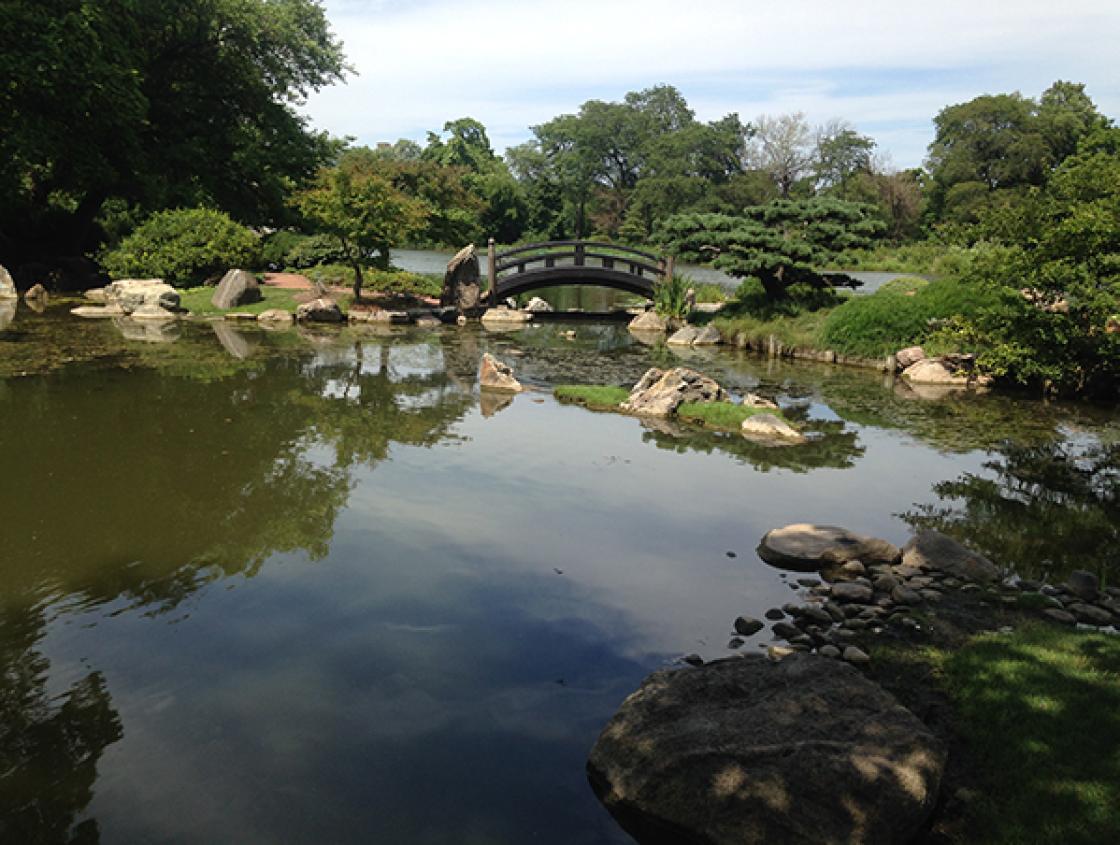
Figure 8. Garden of the Phoenix, Chicago's Jackson Park.
2018 REHABILITATION TIMELINE
After receiving notification of the approved grant in April 2018, the initial planning meeting (Fig. 9) took place at Cranbrook in July when Ryuichi Wakisaka (representing MLIT) and Yasumasa Imada (representing the Japan Federation of Landscape Contractors) met with Center Director Gregory Wittkopp for three days (July 12 through 14). They were joined by Sadafumi Uchiyama, who served as a consultant representing Cranbrook, for the second and third day of the visit. In addition to determining that the project would focus on the rehabilitation of the Lily Pond Cascade, the group visited stone yards and nurseries to research supplies for the project. The visit, which included a meeting with members of the Japanese Garden Advisory Group, was facilitated by the Consulate-General of Japan in Detroit with Deputy Consul General Yuki Sakai, Mayuko Chashiro, and Anita Savio, all participating in the discussions.
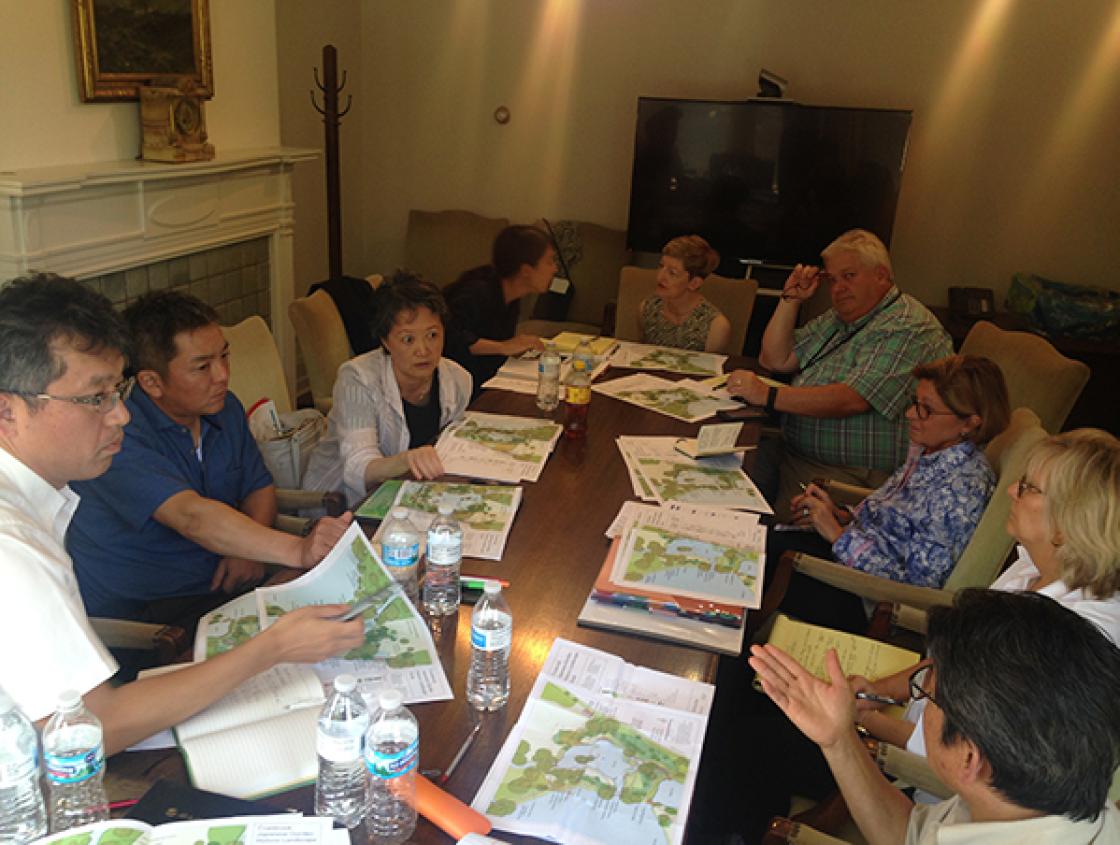
Figure 9. Planning Meeting in Cranbrook House, July 2018.

Figure 10. Sketch by Hiromu Terashita, September 2018.
During the next two months, Master Gardener Hiromu Terashita, who was selected by MLIT to lead the Cranbrook project, developed a more detailed proposal for the project, sending preliminary sketches (Fig. 10) and plant lists to Cranbrook and Sadafumi Uchiyama. Uchiyama returned to Cranbrook on September 12 and 13 when he once again visited the stone yards and nurseries and selected the stones and plants that were ordered for the project.
The rehabilitation took place over the course of six days in October (October 4 through 9) (Fig. 11). Hiromu Terashita and the five gardeners from the Japan Federation of Landscape Contractors were joined by Sadafumi Uchiyama for two of the days (October 4 and 5), as well as Ryuichi Wakisaka and Yuka Itoh (representing the Organization for Landscape and Urban Green Infrastructure in Japan) at the beginning of the project. The formal dedication of the Lily Pond Cascade took place on the afternoon of October 9 and was followed by a celebratory dinner in the evening hosted by Consul General Mitsuhiro Wada at his residence in Bloomfield Hills.
Gregory Wittkopp
Director
Cranbrook Center for Collections and Research
December 2019
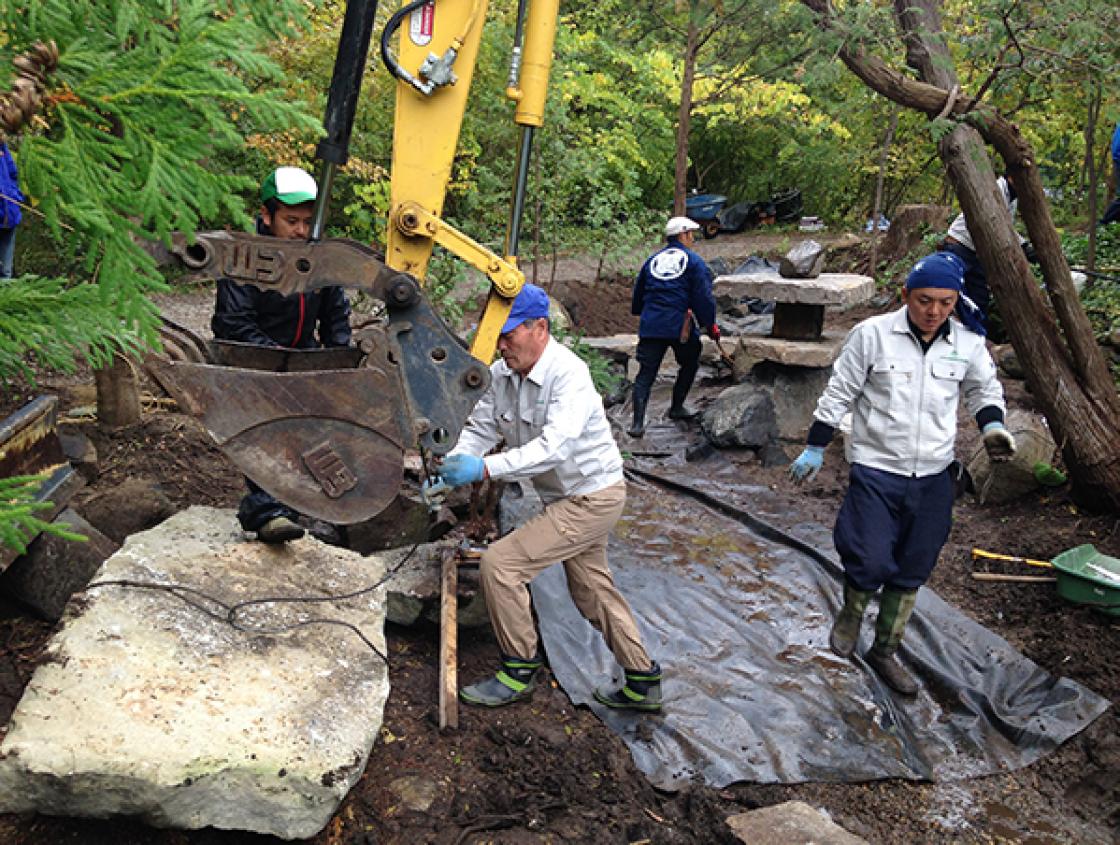
Figure 11. Hiromu Terashita and Landscape Contractors, October 2018.
LILY POND CASCADE 2018 REHABILITATION CREDITS
SPONSORS
The rehabilitation of the Lily Pond Cascade was undertaken with a grant from the Japanese Ministry of Land, Infrastructure, Transport and Tourism (MLIT) under the supervision of Ryuichi Wakisaka, Director of International Policy of Green Spaces Environment, Parks, Green Spaces and Landscape Division, Green Spaces Environment Office, Tokyo. Additional planning assistance came from Yuka Itoh, Researcher, Planning Research Department, Organization for Landscape and Urban Green Infrastructure.
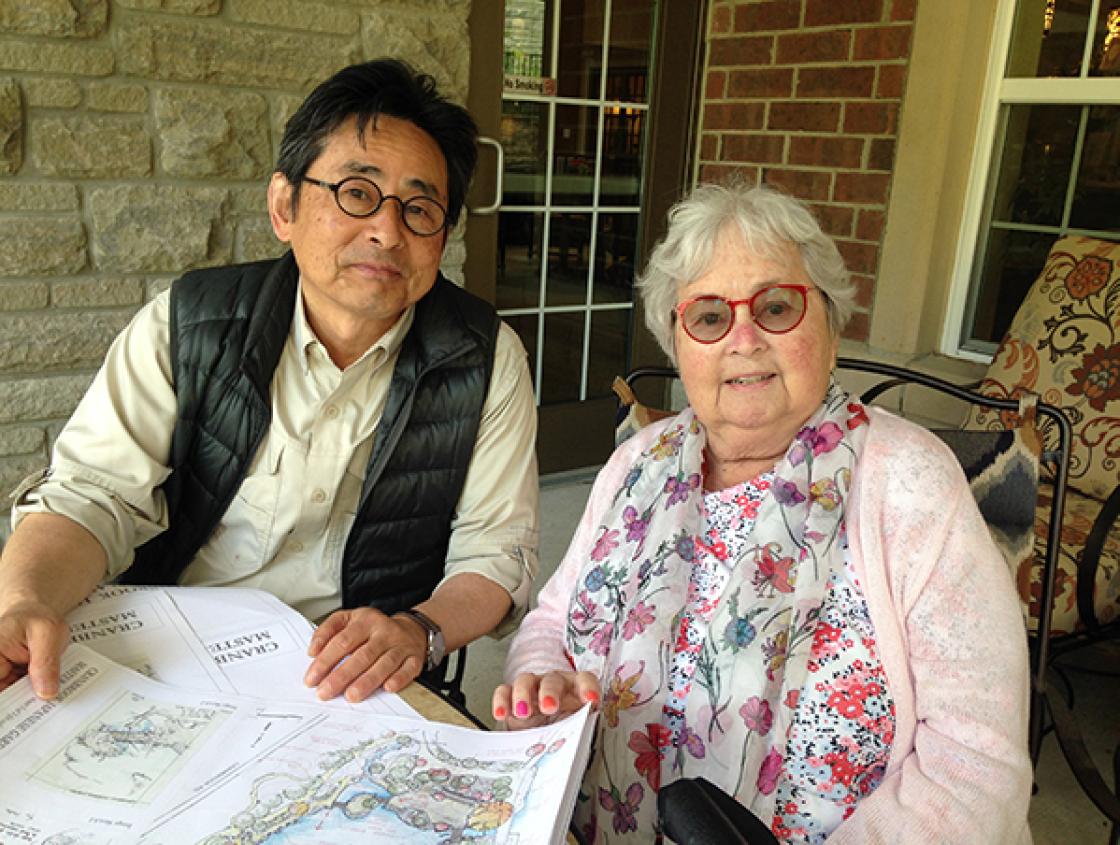
Figure 12. Sadafumi Uchiyama and Jeanne Graham, June 2019.
The MLIT grant application was submitted on behalf of Cranbrook by the Consulate-General of Japan in Detroit under the leadership of Consul General Mitsuhiro Wada with the assistance of Deputy Consul-General Yuki Sakai, Mayuko Chashiro, and Anita Savio.
The project was funded at Cranbrook through a generous gift from Jeanne Graham (Fig. 12).
DESIGN
The rehabilitation was designed by Master Gardener Hiromu Terashita, President of OHMI Garden, Noka, Otsu, Shiga Prefecture, Japan.
Sadafumi Uchiyama, Garden Curator, Portland Japanese Garden, served as a consultant and worked with Cranbrook to plan the project and prepare for the arrival of Hiromu Terashita.
GARDENERS
The rehabilitation was implemented by a team of gardeners from the Japan Federation of Landscape Contractors (Fig. 13). In addition to Master Gardener Hiromu Terashita, the team of six Japanese gardeners included Yuji Aoe, Kazuki Chida, Yasumasa Imada (who also served as the team’s interpreter), Hiroyoshi Inada, and Rikiya Oosawa.
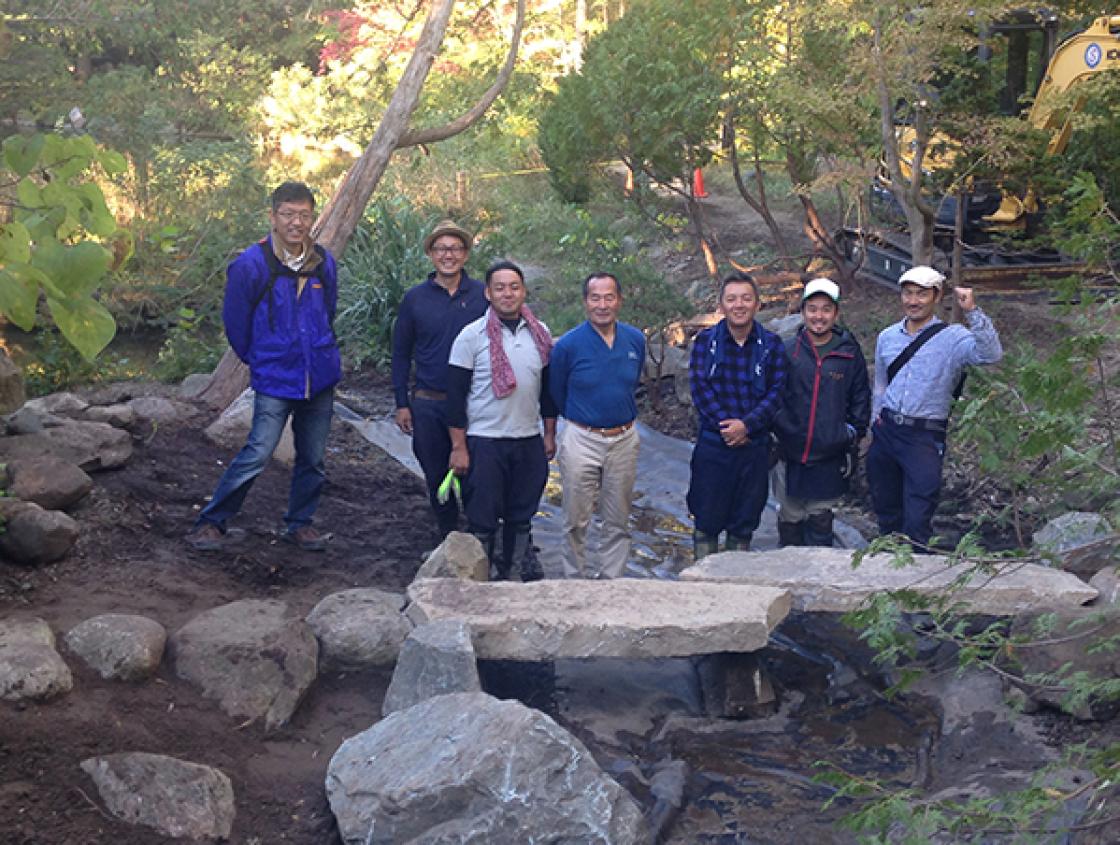
Figure 13. Japan Federation of Landscape Contractors, October 2018.
Working with the team of gardeners from the Japan Federation of Landscape Contractors were three members of Cranbrook’s landscaping team, including Jason Berlingieri (Fig. 14), Matt Morris, and Michael Nagy. Their involvement in the rehabilitation was supported at Cranbrook by Dan Williams, Director Physical Plant, and Kevin Mill, Landscape Superintendent.
The maintenance of the Lily Pond Cascade during the 2019 growing season was undertaken by Emily Fronckowiak, Emaline Design, LLC.
CRANBROOK LEADERSHIP
Providing advice and counsel were the members of the Cranbrook Center for Collections and Research Japanese Garden Advisory Group. The 2018 – 2019 members included Karen Hagenlocker (Chair), Thomas Booth, Leslie Li, Beth Lilley, Judy Lindstrom, and Sandra Smith (then Chair, Center Subcommittee).
The project was embraced by Dominic DiMarco, President, and Rod Spearin, Chief Operating Officer, Cranbrook Educational Community.
The 2018 Lily Pond Cascade rehabilitation was directed by Gregory Wittkopp, Director, Cranbrook Center for Collections and Research.
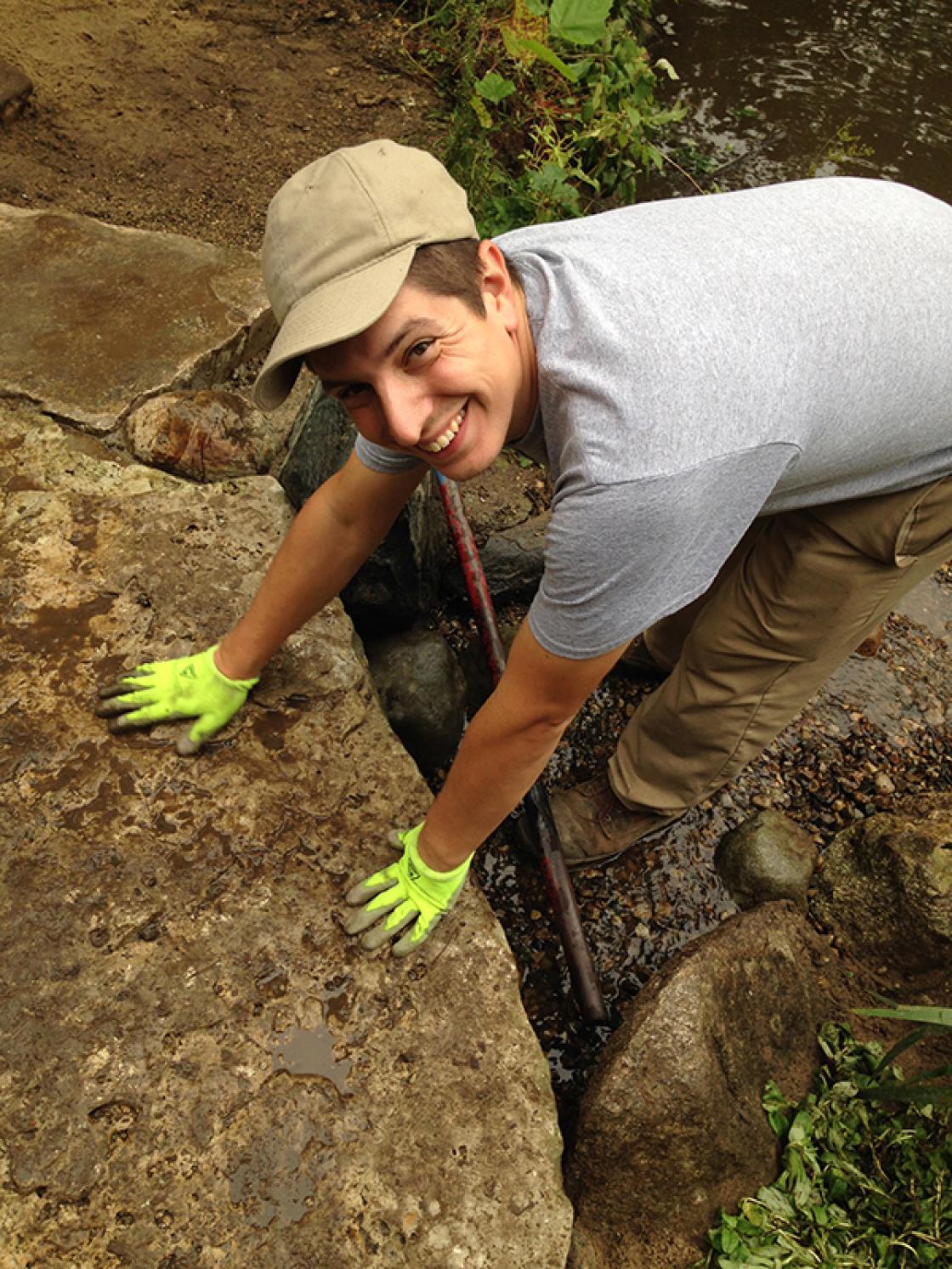
Figure 14. Jason Berlingieri, October 2018.
STONES AND PLANTS
Stones for the rehabilitation were sourced at Orion Stone Wholesale in Orion, Michigan, by Sadafumi Uchiyama and Hiromu Terashita (Fig. 15). The stepping stones and bridge slabs are Desert Ledge® dolomite, which is quarried in Michigan’s Upper Peninsula; the angular boulders are Green River® basalt stones from Michigan’s Upper Peninsula.
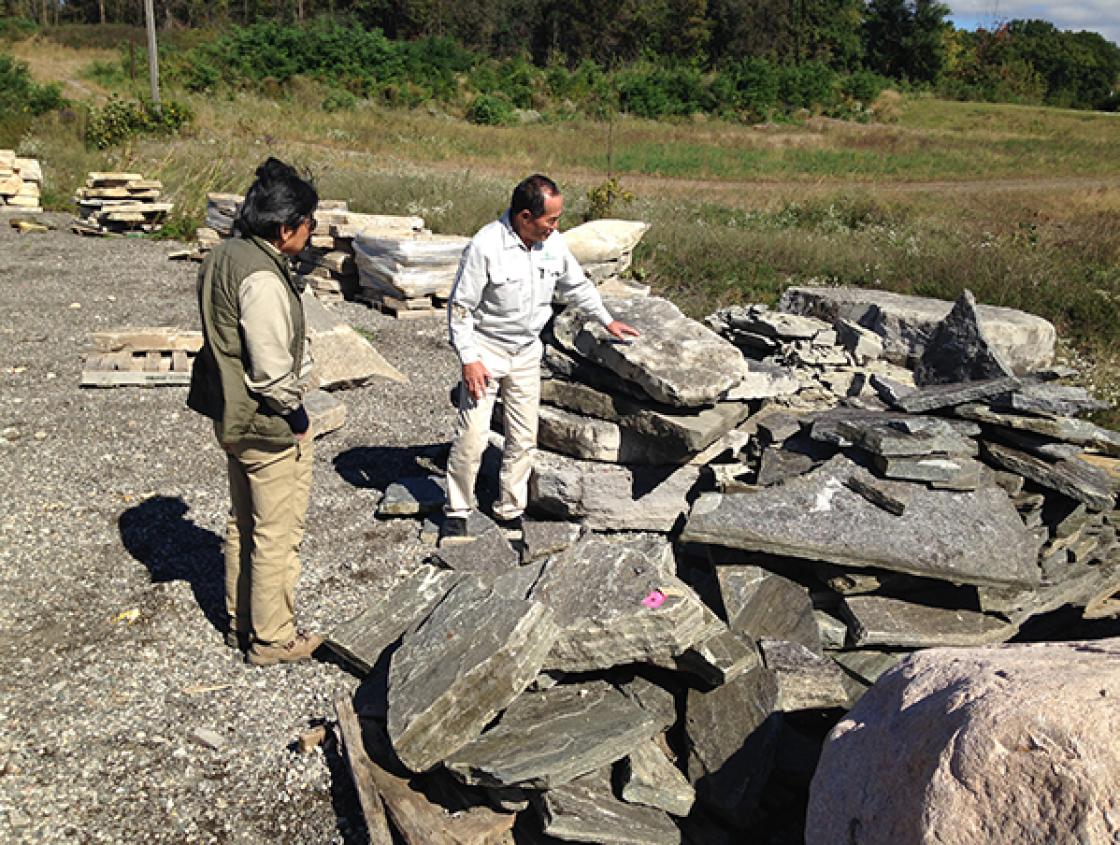
Figure 15. Sadafumi Uchiyama and Hiromu Terashita, October 2018.
In total, the project used the following stones sourced at Orion Stone Wholesale:
0.57 tons of Desert Ledge ® dolomite wallstone
Used for the bridge slabs
0.93 tons of Lake Superior “Natural Steps” limestone
Used for the bridge slabs
0.08 ton Drummond Island irregular limestone
Used for the cap of the lantern
100 pounds Michigan granite boulders
Used as stepping stones and along the edge of the stream
In addition, one and a half tons of Cobblestone for the creek (two by four inch) were supplied by Rocks ‘n’ Roots in Washington, Michigan.
Trees and shrubs were specified by Sadafumi Uchiyama and selected and supplied by Kary Gee of Gee Farms Nursery & Greenhouse in Stockbridge, Michigan. These plants include:
One Cercis canadensis (Eastern Redbud)
Planted on the east side of the cascade, near the central bridge
One Cornus kousa (Kousa Dogwood or Japanese Dogwood)
Planted on the west side of the cascade, just north of the lantern
Three Leucothoe fontanesiana ‘Rainbow’ (Rainbow Dropping Fetterbush)
Planted on both sides of the cascade, around the base of the waterfall
Two Amelanchier x grandiflora ‘Autumn Brilliance’ (Apple Serviceberry)
Planted on the west side of the cascade, on the north and south sides of the lantern
Two Acer palmatum var. dissectum ‘Sieryu’ (Sieryu Japanese Maple)
Planted on both sides of the waterfall
Two Taxus x media ‘Hicksii’ (Hicksii Yew)
Planted on the west side of the cascade, one near the waterfall and one near the base of the cascade
Japanese pachysandra (Pachysandra terminalis ‘Green Carpet’) was supplied by both Gee Farms (468 plugs) and Landscape Supply Inc. of Taylor, Michigan (504 plugs). Additional plugs were planted by Emily Fronckowiak in May and October 2019.
Additional plants, including several young Japanese maples, were transplanted from the edges of the Cranbrook Japanese Garden in October 2018 by the gardeners from the Japan Federation of Landscape Contractors.
As part of the continued maintenance and enhancement of the Lily Pond Cascade, Emily Fronckowiak and her gardeners (Fig. 16) planted the following perennials on the banks in October 2019:
Eighteen Japanese Anemone (Anemone tomentosa ‘Robustissima’)
Sixteen Lily Turf (Liriope muscari ‘Royal Purple’)
Five Japanese Painted Fern and Lady Fern Hybrid (Athyrium ‘Ghost’)
Thirteen Japanese Forest Grass or Hakone Grass (Hakonechloa macra ‘All Gold’)
RELATED LINKS
Japanese Garden History
Japanese Garden Timeline
Japanese Garden Lily Pond Cascade
Japanese Bridge
Japanese Kasuga Lantern
Sadafumi Uchiyama
Visit the Japanese Garden
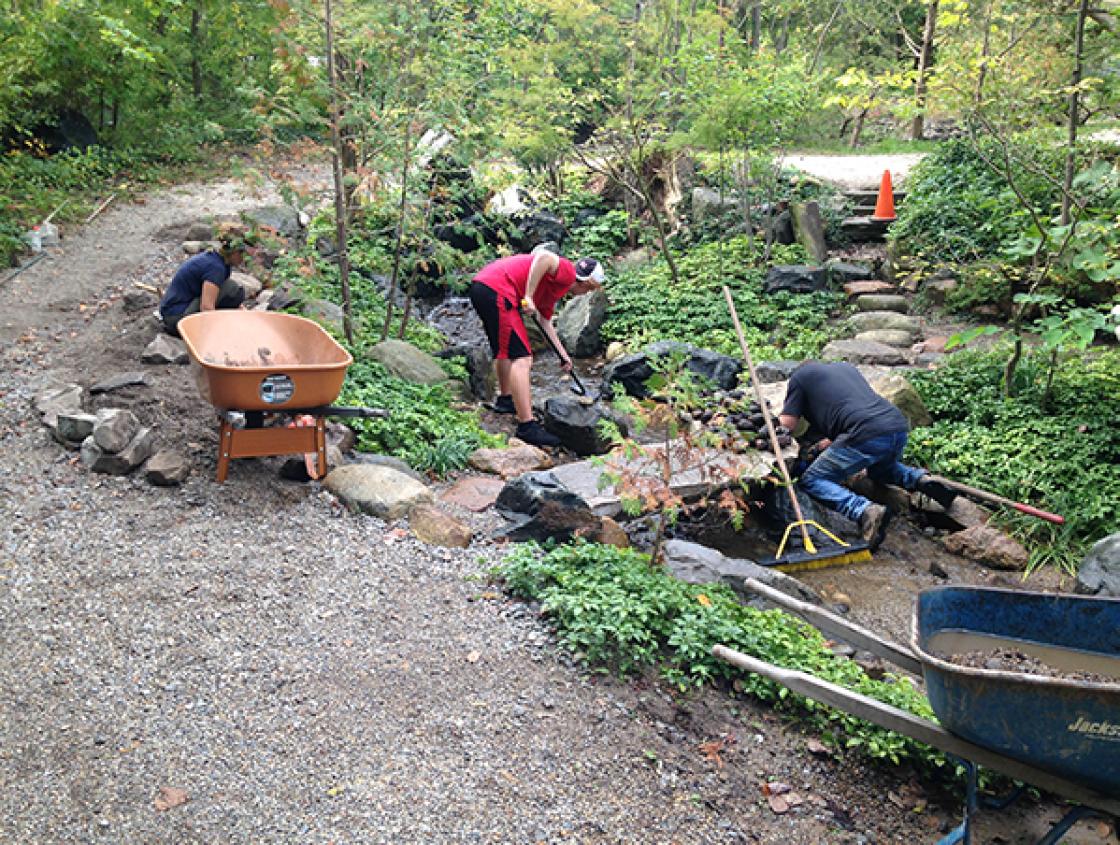
Figure 16. Emily Fronckowiak and Gardeners, October 2019.
PHOTO CREDITS FROM TOP TO BOTTOM
Header Image. Rehabilitated Lily Pond Cascade, June 14, 2019. Photography by Gregory Wittkopp.
Figure 1. Rehabilitated Lily Pond Cascade, June 14, 2019. Photography by Gregory Wittkopp.
Figure 2. Cranbrook Historic Landscape Study, 1928 Period Plan. Plan by Quinn Evans Architects, January 2018. Courtesy Cranbrook Center for Collections and Research.
Figure 3. Rehabilitated Lily Pond Cascade, June 14, 2019. Photography by Gregory Wittkopp.
Figure 4. Mountain Lantern Created by Hiromu Terashita During the 2018 Rehabilitation, October 9, 2018. Photography by Gregory Wittkopp.
Figure 5. Coats & Burchard Co., Cranbrook Appraisal Map, 1914, Collection of Cranbrook Archives, Cranbrook Center for Collections and Research.
Figure 6. Rebuilt Lily Pond Cascade with Hosta Collection and the Base of the Siberian Elm at the Top of the Cascade, July 1976. Photography by Alan Lowry. Collection Cranbrook Archives.
Figure 7. Yasumasa Imada (Japan Federation of Landscape Contractors) and Sadafumi Uchiyama (Portland Japanese Garden) Standing at the Bottom of the Lily Pond Cascade Before Rehabilitation with Fast-Growing Butterbur Behind Them, July 13, 2018. Photography by Gregory Wittkopp.
Figure 8. Garden of the Phoenix or the Osaka Garden within Chicago’s Jackson Park, which also Received a MLIT Grant in 2018.
Figure 9. Lily Pond Cascade Rehabilitation Planning Meeting in Cranbrook House, July 13, 2018. Attendees include (clockwise from left): Ryuichi Wakisaka (MLIT); Yasumasa Imada (Japan Federation of Lanscape Contractors); Yuki Sakai, Mayuko Chashiro, and Anita Savio (Consulate-General of Japan in Detroit); Kevin Mill (Cranbrook Landscape Superintendent); Beth Lilley and Karen Hagenlocker (Cranbrook Japanese Garden Advisory Group); and Sadafumi Uchiyama (Portland Japanese Garden). Photography by Gregory Wittkopp.
Figure 10. Hiromu Terashita, Sketch for the Lily Pond Cascade Rehabilitation, September 4, 2018. Courtesy Cranbrook Center for Collections and Research.
Figure 11. Hiromu Terashita (center) Prepares a Stone Slab for Placement in the Lily Pond Cascade with Yasumasa Imada (right), October 5, 2018. Photography by Gregory Wittkopp.
Figure 12. Sadafumi Uchiyama and Jeanne Graham Review the Master Plan for the Rehabilitation of the Japanese Garden, June 12, 2019. Photography by Gregory Wittkopp.
Figure 13. The End of the First Day of the Lily Pond Cascade Rehabilitation with (from left to right): Ryuichi Wakisaka, Yuji Aoe, Rikiya Oosawa, Hiromu Terashita, Yasumasa Imada, Kazuki Chida, and Hiroyoshi Inada, October 4, 2018. Photography by Gregory Wittkopp.
Figure 14. Jason Berlingieri of the Cranbrook Landscaping Team, October 7, 2018. Photography by Gregory Wittkopp.
Figure 15. Sadafumi Uchiyama (left) and Hiromu Terashita Select Stone Slabs for Lily Pond Cascade Bridges at Orion Stone Wholesale in Orion, Michigan, October 4, 2018. Photography by Gregory Wittkopp.
Figure 16. Emily Fronckowiak (far left) Sets Stones Along the Edge of the Lily Pond Cascade and Gardeners Remove Debris from the Stream Bed, October 1, 2019. Photography by Gregory Wittkopp.
